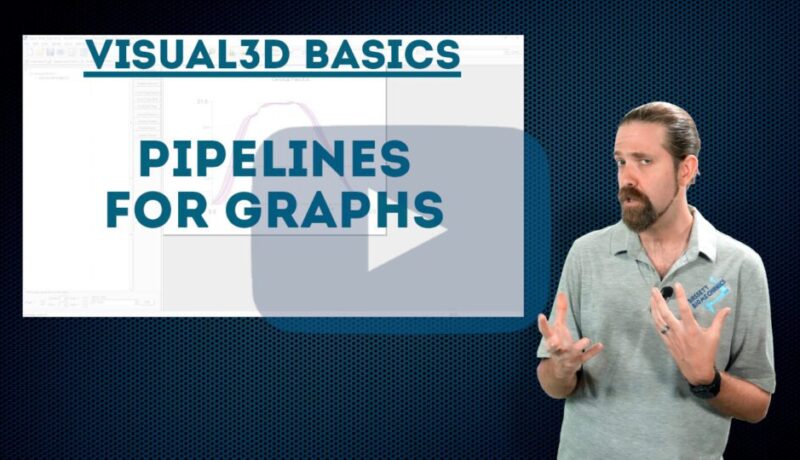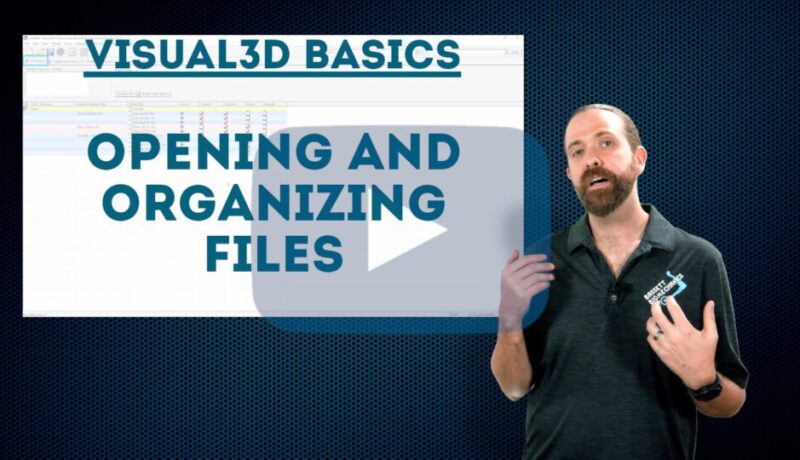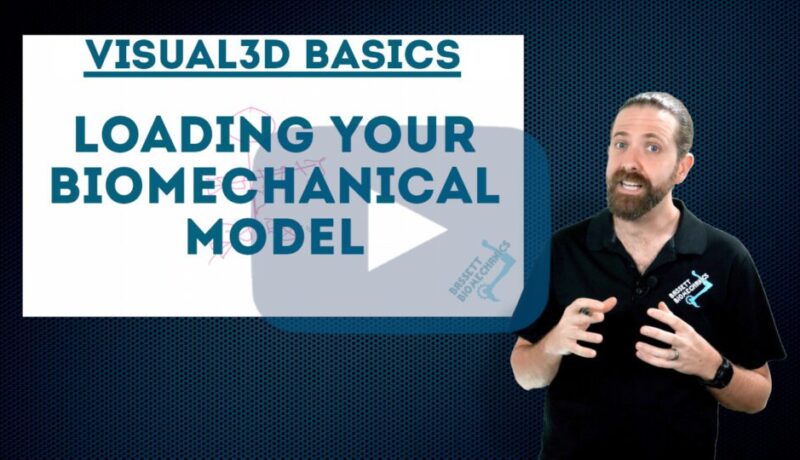Setting up primary pipeline parameters
Visual3D Expert Builder Pipeline Unit 7 Chapter 2: Setting up primary pipeline parameters One of the key elements in primary […]
Visual3D Expert Builder Pipeline Unit 7 Chapter 2: Setting up primary pipeline parameters One of the key elements in primary […]
Visual3D Expert BuilderPipeline Unit 3 Chapter 3: Tags from the pipeline In order to keep your workspace organized and to […]
Visual3D Expert BuilderPipeline Unit 3 Chapter 1: File management from the pipeline Depending on how large of a project you […]

As we report data, we often find that we need additional biomechanical parameters and events in order to properly communicate the data. In this chapter, we show you how to use the pipeline to assign tags to files, switch active files, and find events from graph minimums.

As workspaces become more complex, to properly perform biomechanical calculations, users need to keep organized. In this chapter, we focus on how to open the various motion and static/calibration files and ways to keep them organized using tags as we process the data in them.
Visual3D BasicsUnit 7:Creating an elaborate Biomechanical report Chapter 2: Pipelines for graphs As we report data, we often find that […]
Chapter 2: Opening and organizing filesAs workspaces become more complex, to properly perform biomechanical calculations, users need to keep organized. […]

Now that we have built our biomechanical model, we want to use it for other subjects. As long as in our data collection we place markers in the same locations, and give them the exact same name, we can use the same model.
Visual3D Basics Unit 2: Performing biomechanical calculations Chapter 1: Loading your biomechanical model Now that we have built our biomechanical […]
Visual3D BasicsUnit 1:Building your first biomechanical model Chapter 5: Defining segments for a Conventional Gait Model We don’t always have […]